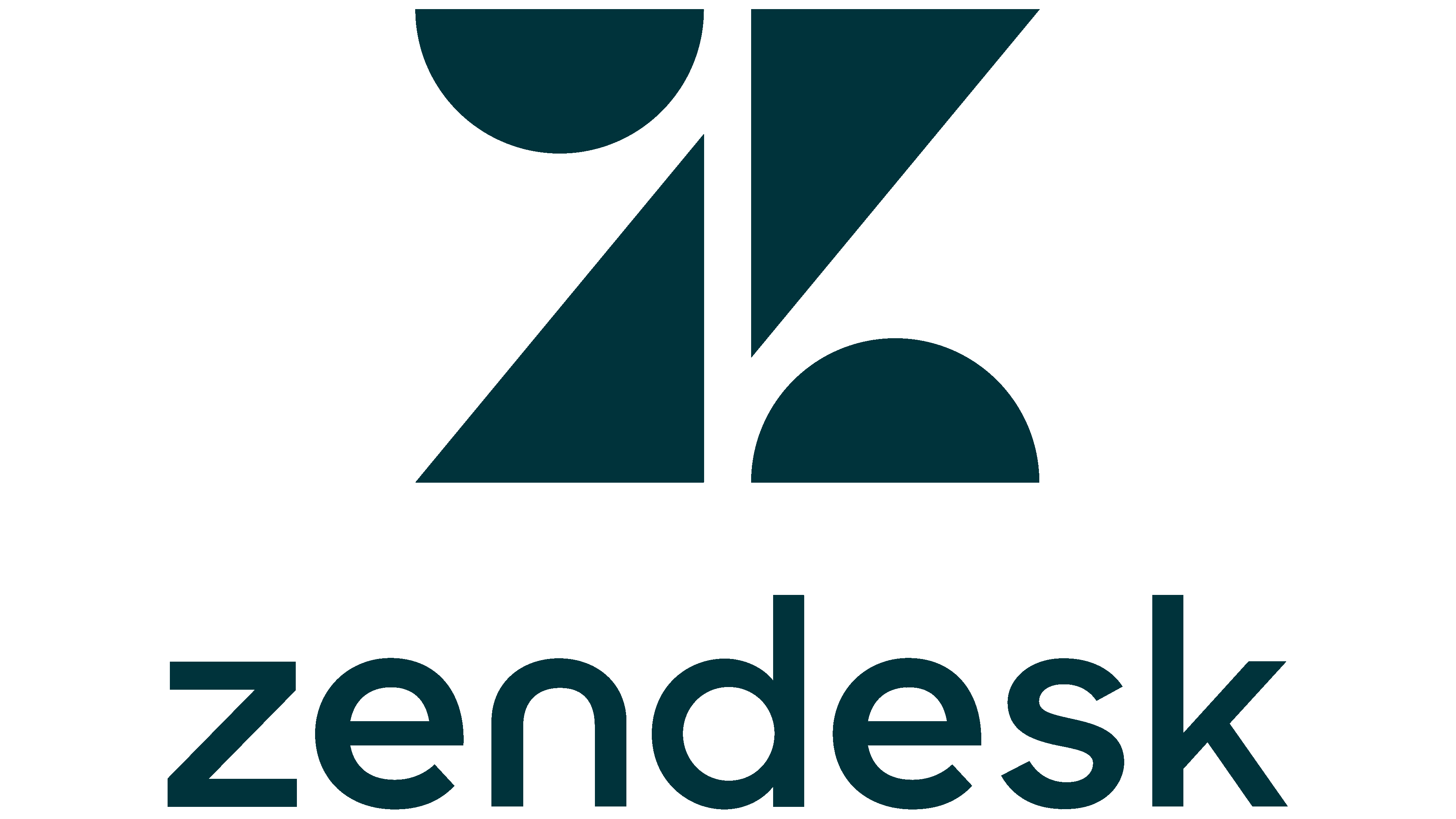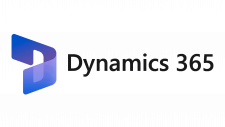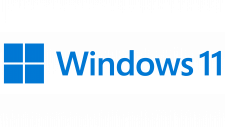Zendesk Logo
Zendesk is a customer service software that streamlines customer support processes. It provides a ticketing system to organize customer queries, live chat for real-time communication, and self-service options like a knowledge base. With integrations and analytics, businesses can enhance their support strategy, ensuring customer satisfaction and loyalty. Its scalability and user-friendly interface make it a popular choice for businesses of all sizes aiming to deliver exceptional customer service.
Meaning and history
Zendesk was founded in 2007 by three Danish entrepreneurs, Mikkel Svane, Alexander Aghassipour, and Morten Primdahl, who aimed to bring a fresh, easy-to-use customer support solution to the market. Initially developed in a small loft in Copenhagen, Zendesk quickly grew and moved its headquarters to San Francisco in 2009, a strategic step to be closer to the tech hub of Silicon Valley.
The software gained traction for its sleek design, intuitive user interface, and scalability, catering to businesses of all sizes. Its customizable ticketing system, multi-channel support, and analytics helped companies streamline their customer service operations and deliver a better experience to their customers.
Zendesk went public in 2014, raising $100 million in its initial public offering (IPO). This was a significant milestone and allowed the company to invest further in its growth and development. Since then, Zendesk has continued to evolve and expand its product offering, introducing new features like AI-powered bots, integrations with popular messaging apps, and advanced analytics tools.
Today, Zendesk serves over 160,000 businesses globally, empowering them to build better customer relationships and foster loyalty. The company has stayed true to its roots, prioritizing simplicity and user-friendliness, while constantly innovating to meet the changing needs of businesses and their customers.
2007 – 2016
The initial logo of the brand was a pale shade of green, featuring lowercase letters with rounded edges. Accompanying this was a spiral design in a matching green hue, cradling a pristine white heart at its core. This clever use of negative space gave the emblem the appearance of a blossom, with petals arranged in a mosaic pattern. This visual metaphor not only emphasized the brand’s freshness and vitality but also subtly hinted at its core values of love and care, as symbolized by the heart. The choice of a soft, earthy green further reinforced the brand’s commitment to natural, genuine interactions and relationships, setting it apart in a market often dominated by more corporate, sterile branding. This logo served as a visual anchor, capturing the essence of the brand’s identity and conveying its message in a simple yet powerful way.
2016 – Today
Recognizing the restrictions posed by their previous visual identity, the leadership team at the company elected to undergo a rebranding process. The task fell upon the skilled designers at Zendesk Inc., who meticulously crafted a new emblem featuring a prominent “Z” composed of triangles and semicircles, with two of each shape flanking either side. This geometric design serves as a reflection of the company’s name, “zendesk,” which has retained its lowercase presentation.
The decision to incorporate geometric shapes is not merely an aesthetic choice, but also a symbolic representation of the company’s precision and balance in delivering top-notch customer service solutions. The mirrored arrangement of the shapes further emphasizes the harmonious relationship Zendesk seeks to foster between businesses and their customers. By evolving their visual identity, Zendesk has effectively aligned its brand image with its mission to simplify the customer service process through innovative, user-friendly solutions. This new emblem, with its clean lines and symmetrical design, encapsulates the essence of Zendesk – a modern, dynamic company that is continuously evolving to meet the demands of the ever-changing business landscape.













